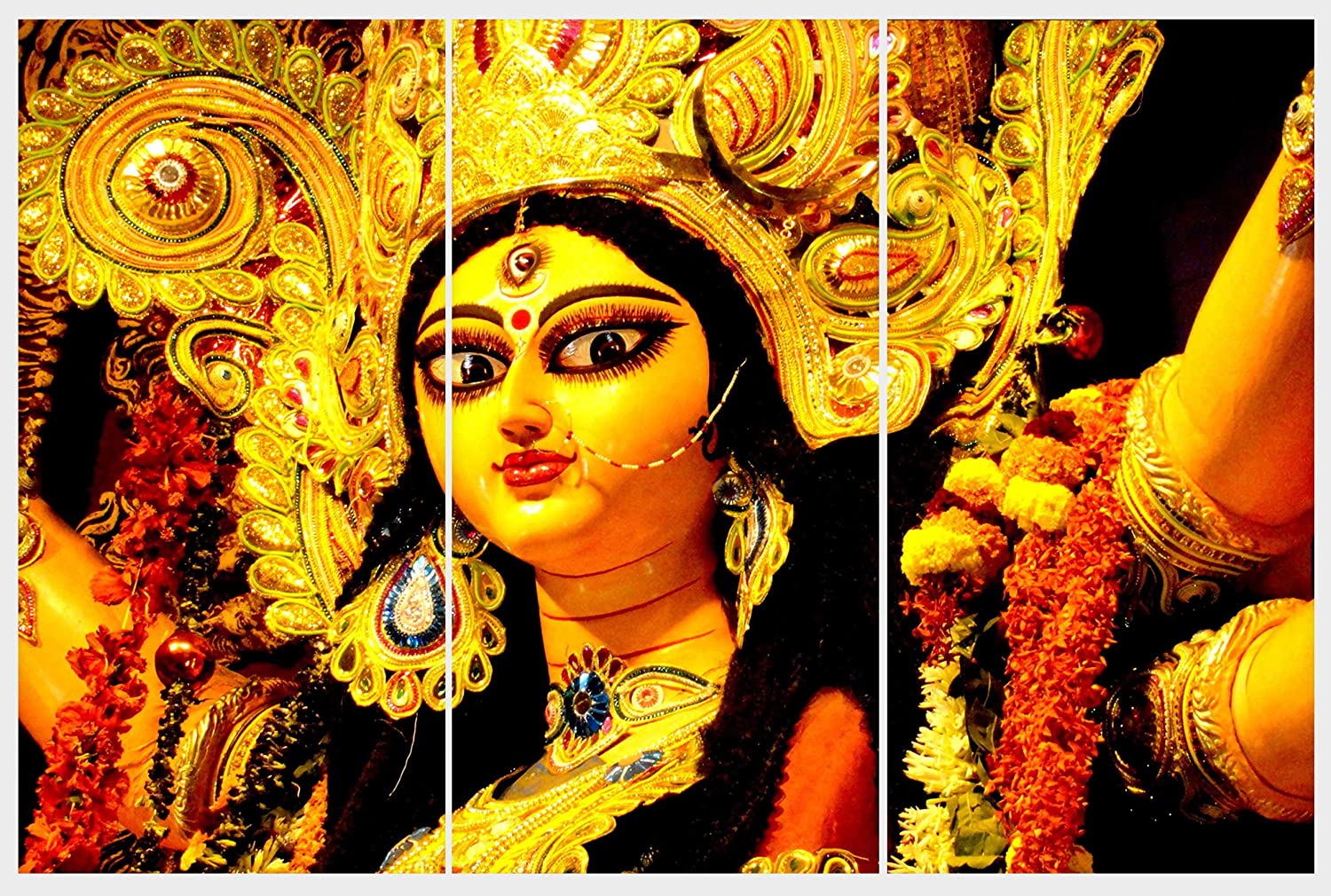Durga Puja, or the annual celebration of Hindu goddess Durga, is one of India’s grandest festivals. It is a multiple-day celebration varying from 6 days in some parts of the country to 10 days in others. In most of Northern India the festival is celebrated as Navratri (nine nights). Regardless of these variations, the last four days of Maha Saptami, Maha Ashtami, Maha Navami and Vijay Dashami, are particularly important and accordingly celebrated with much splendour around the country.
HISTORY OF THE PUJA
Celebrated in the month of Ashvin (September – October), Durga puja (fondly referred to as Pujo) is one of the most awaited festivals in India, especially in West Bengal. Even though the weather starts becoming cooler, the air is thick with the warmth radiated by the devotees.The origins of the Devi as a deity are lost in the mists of time. Over time, we find mentions of the Goddess in various texts from the Vedic era and also in the Ramayana and Mahabharata. Even much later, Krittivasi’s rendition of Ramayana, composed in the 15th century, speaks of Durga being worshipped with 108 blue lotuses and 108 sacred lamps by Lord Rama before his battle with Ravana. The day that Lord Rama defeated Ravana is celebrated as Dussehra which falls on the tenth day (Dashami) of the Durga puja.
MAKING OF THE DEVI’S IDOL
The Devi has time and again been visualised in different forms, yet the Puranas speak of her as a formless supreme power. In the Devi Purana, when the confrontation between Mahishasura and Maa Durga happens, she calls herself ‘Adi Parashakti’ or a ‘Formless power’. Nevertheless, our sacred texts as well as paintings describe the mesmerising aura and beauty of the Devi. Thus, the creation of the idol for puja is much more than just an art of mixing sand and clay a few days prior to the puja. It is the love and devotion that pours in the making of the supreme form of energy taking a fierce appearance to ward off any evil. This form of art is what goes on all round the year in Kumartuli!Kumartuli is a neighbourhood in North Kolkata which has a legacy of idol making. Situated on the banks of the Hooghly river, the settlement of Kumartuli dates back to the 17th century. A few potters moved here to eke out a livelihood for themselves after the British East India company acquired the land where they used to stay. Slowly, from making clay vessels like other potters, the people who settled here graduated into idol making; and since then, generation after generation, the Kumars (potters) have been moulding the idol of Maa for the puja. Walking through the lanes of Kumartuli, you can almost feel the gaze of the idols lining both sides

